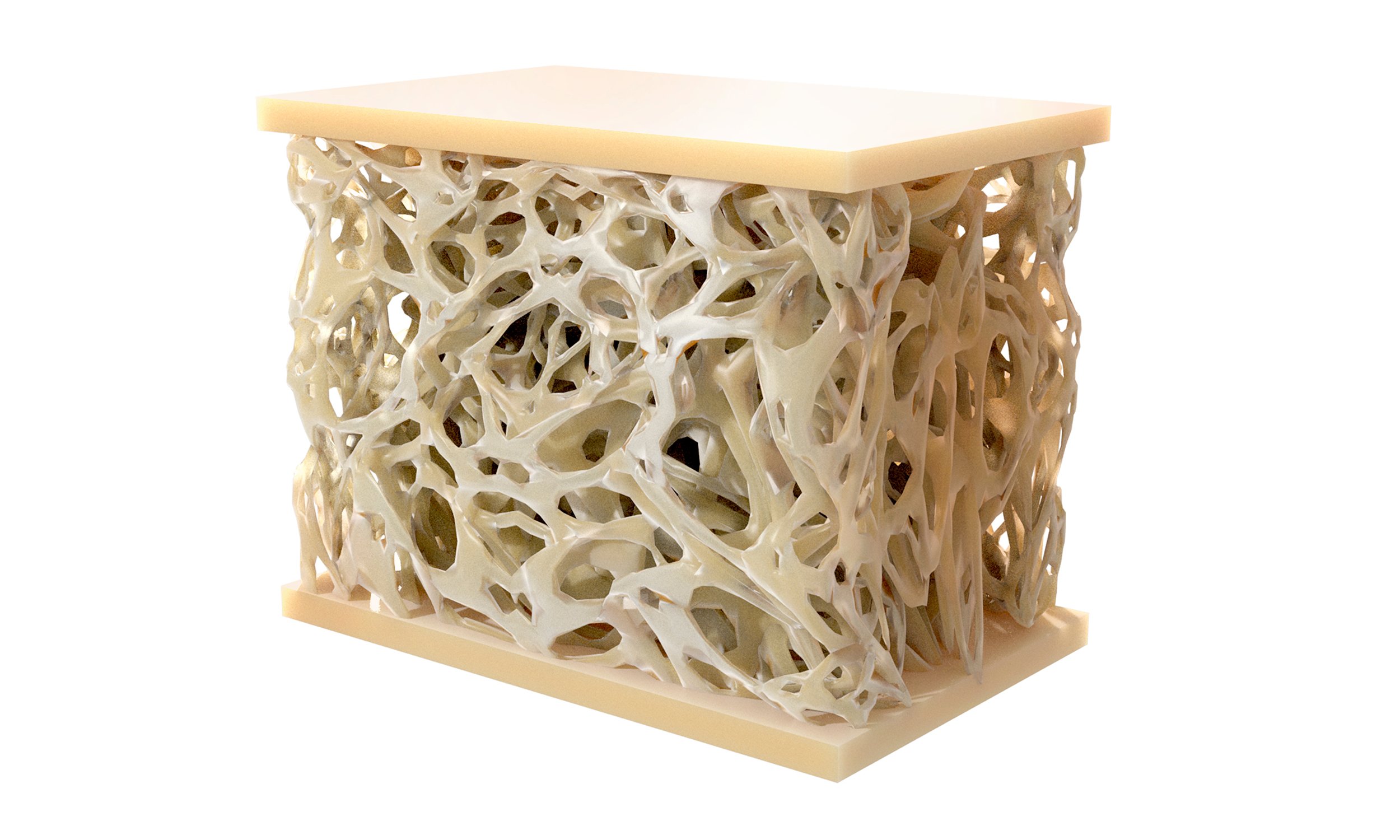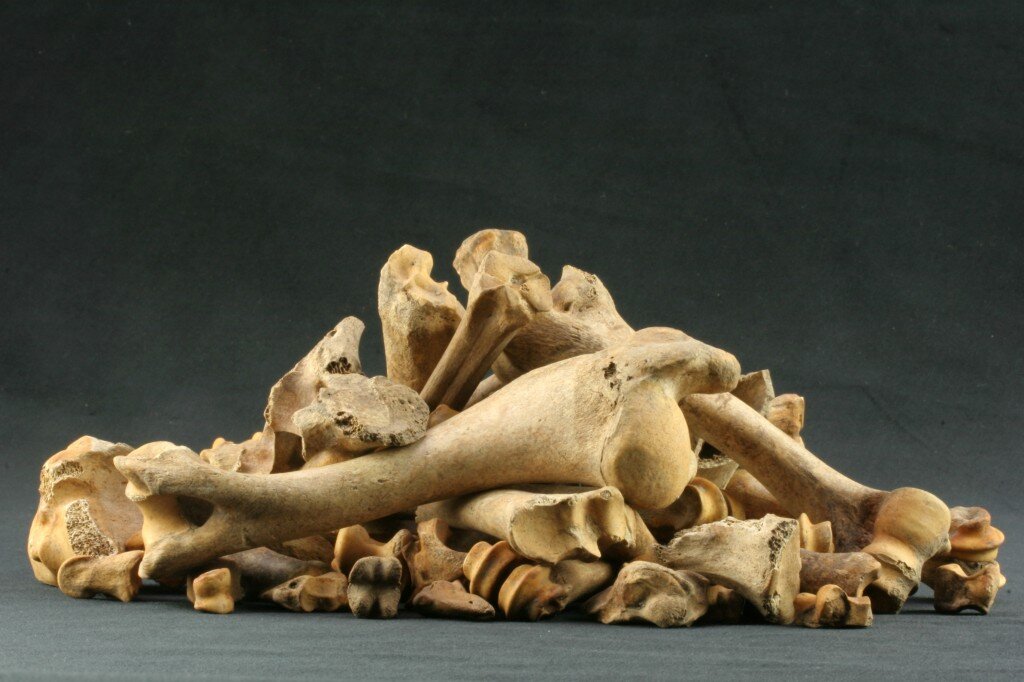
Synthetic Bone Grafting: An Overview of the Process, Terms, and Materials
Bone grafts help bones heal. Common cases that may require a bone graft include severe fractures, jaw reinforcement before dental implants, areas of missing bone due to disease such as cancer or bone infections, spinal fusion procedures, and artificial joint replacement surgeries.
Bone grafting is a dental, spinal, or orthopedic surgical procedure in which a bone replacement material is physically added to the area of missing bone. The goal of bone grafting is to have the patient’s own bone cells grow into the replacement material over time, eventually creating strong, healthy bone.

Himed and Alfred University Partner to Better Understand Synthesis and Production of Critical Biomaterials
Himed and Alfred University’s New York State College of Ceramics (NYSCC) recently announced a multi-year collaborative research agreement that aims to advance and optimize techniques used in the production of calcium phosphate biomaterials.
Such materials play a critical role in the repair of hard tissues in applications ranging from dental implants to bone grafting and bone replacement. The global market for dental implants alone, already a $4.6 billion industry, is expected to continue to grow by 9% annually through 2027. Improvements in bioactive healing through better biomaterials will benefit patients from all walks of life, including an aging global population who will come to rely on such materials for an improved quality of life.

How Curved Are Your Bones? Smart Bones Can Minimize Fracture Risk
An interesting study from the Royal Veterinary College in London has provided insight that smart bones can evolve and regulate its shape to minimize risk of fracture.
The results, published in Science Advances and reported here, indicate that the bone’s responses to physiological forces is not related to mechanical stimuli, but rather, is length dependent and “highly targeted” for load predictability.
